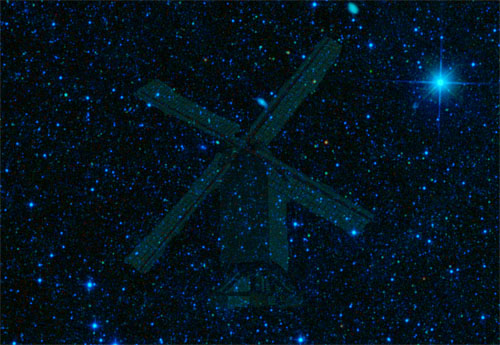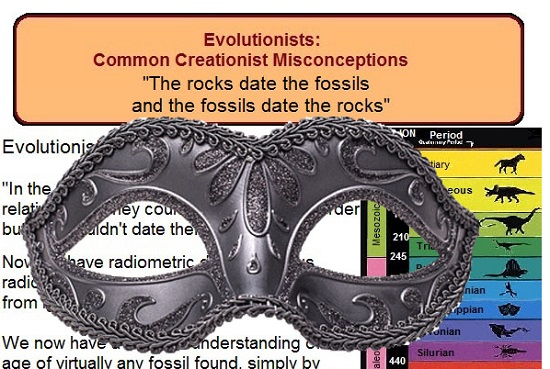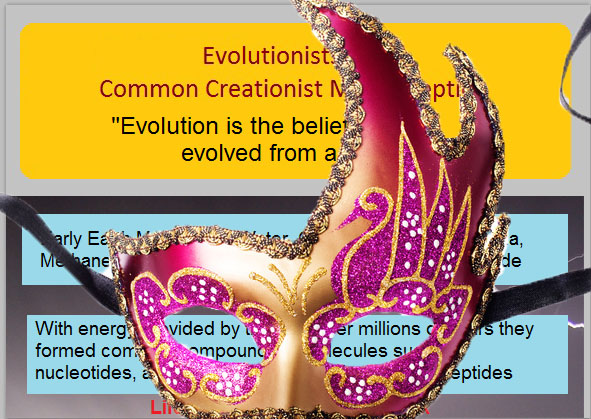
There are plenty of resources available to debunk the proposition that the earth is flat. Some of the ones I think are most helpful are listed in the resources section below. So “Why even bother addressing this theory?” you might might wonder. I pondered that question myself for a time, and decided I should address it for the following reasons:
1. Creationists are often accused of believing “crazy” things. Some make the charge that we are no different from believers in a flat earth, and some accuse us of believing in a flat earth. In response, what better way to show creationists in general, (and this writer in particular) doesn’t believe in a flat earth than by debunking it? Doing so also gives the added benefit of distancing creationists from flat earth believers.
2. While many have approached this by providing various evidences of why the earth must be shaped like a globe, and not flat like a pancake as flat earth believers claim, I have not seen any debunkers that approach it this way – namely by looking at the physics of such a system as Albert Einstein might. So for these reasons I throw my hat into the flat earth debunking ring. Since I am approaching this from the stand point of an investigation of the physics as Albert Einstein might investigate it, let me describe the approach he would probably take, and the primary theory we must understand.



-500.jpg)

.jpg)



